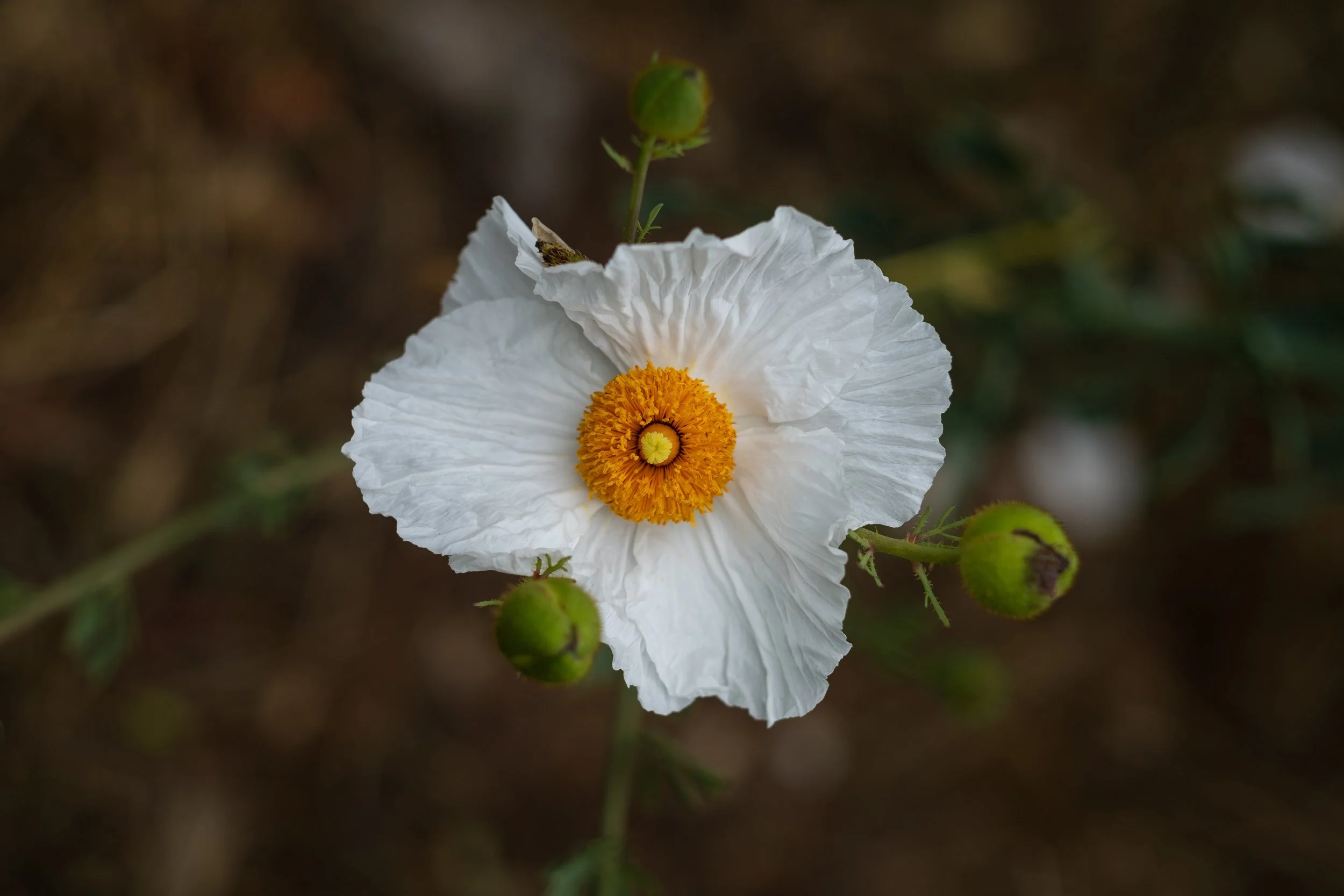The Benefits of Native Plants in Landscape Design
Landscape design is a blend of art and science, creating outdoor spaces that are not only aesthetically pleasing but also functional and sustainable. One of the most underrated yet impactful choices in landscape design is the incorporation of native plants. In Santa Barbara, a region blessed with a diverse array of native plant species, this choice not only enhances the beauty of the environment but also offers a multitude of benefits.
Embracing Santa Barbara's Native Beauty
Santa Barbara's natural beauty is unparalleled, and its native plant species play a vital role in shaping this distinct charm. From the vibrant hues of the California poppy to the rugged elegance of the coast live oak, the native flora offers a unique aesthetic that resonates with the region's character. Incorporating fragrant sages and colorful front country flowers into your landscape design also pay tribute to the region's natural heritage and can create a harmonious connection between your property and its surroundings.
Sustainability at its Core
One of the fundamental principles of landscape design is sustainability. Native plants have evolved over centuries to thrive in the local environment, making them resilient and well-adapted to the climate, soil, and water conditions of Santa Barbara. Unlike exotic plants that might require extensive maintenance, native plants are naturally equipped to resist pests and diseases, reducing the need for chemical interventions. By choosing native plants, you're minimizing your ecological footprint and contributing to the preservation of the local ecosystem.
A Cost-Effective Choice
When it comes to landscape design, cost considerations often play a significant role. Native plants can offer substantial cost savings in several ways. First, they eliminate the need to import exotic species that may struggle in the local environment, reducing transportation costs and carbon emissions. Additionally, native plants are naturally adapted to the region, meaning they typically require less ongoing care and maintenance compared to non-native alternatives. This reduced need for specialized care can lead to significant financial savings over time.
Enhanced Curb Appeal
Curb appeal is an essential aspect of any property, and native plants can take it to the next level. These plants offer a diverse palette of colors, textures, and shapes that can be skillfully arranged to create visually appealing landscapes. Whether you're aiming for a vibrant wildflower garden or a serene oasis of indigenous trees and shrubs, native plants can help you craft an outdoor space that captures attention and leaves a lasting impression on visitors and passersby.
Conserve Water, Conserve Resources
In a region where water conservation is crucial, native plants emerge as water-saving champions. These plants are well-suited to Santa Barbara's Mediterranean climate, often requiring minimal supplemental irrigation once established. Their deep root systems help them access water deeper in the soil, making them more drought-tolerant. By incorporating native plants into your landscape, you can significantly reduce your water usage, aligning with the city's efforts to conserve this precious resource. As Santa Barbara heats up during the summer months, proper plant care becomes even more critical. To ensure the health and vitality of your native plants, follow these practical watering and care tips:
1. Water Deeply
Instead of frequent shallow watering, provide your native plants with deep, infrequent irrigation. This encourages the growth of deep root systems, making plants more resilient to drought.
2. Mulch Matters
Apply a layer of organic mulch around your plants to retain moisture, suppress weeds, and regulate soil temperature. This can be particularly beneficial during hot summer days.
3. Time it Right
Water your plants early in the morning or late in the evening to minimize water loss due to evaporation. This also gives plants ample time to absorb moisture before the heat of the day.
4. Monitor Moisture
Keep an eye on soil moisture levels. Stick your finger into the soil near the base of your plants. If it feels dry about an inch below the surface, it's time to water.
5. Pruning and Deadheading
Regularly prune and deadhead spent flowers to encourage new growth and maintain the overall health and appearance of your plants.
Native plants are a treasure trove for landscape designers and homeowners in Santa Barbara. They embody the region's natural beauty, promote sustainability, conserve water, offer cost-effective solutions, enhance curb appeal, and can withstand the challenges of the scorching summer heat. By embracing native plants in your landscape design, you're not only creating a stunning outdoor space but also contributing to the preservation of Santa Barbara's unique ecological balance. So whether you're a seasoned gardener or new to landscaping, consider the many benefits of native plants as you embark on your next outdoor project. Your property and the environment will thank you!
Have a project in mind? Let’s talk about how we can help you.




